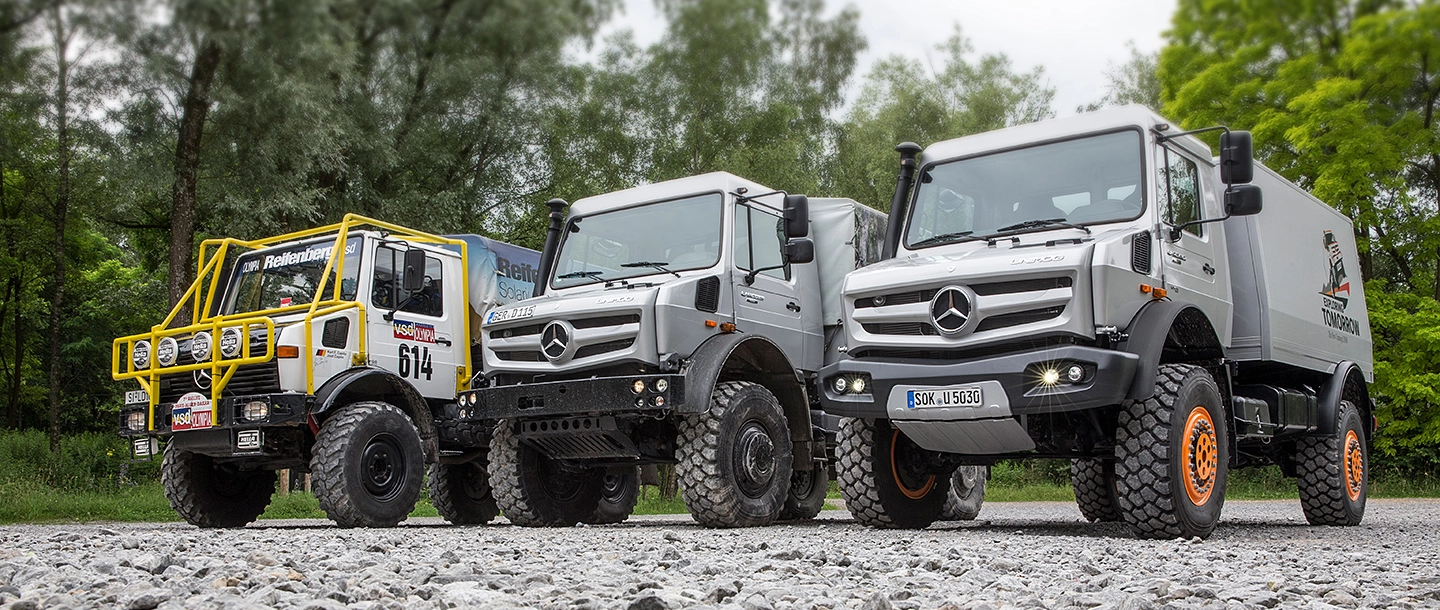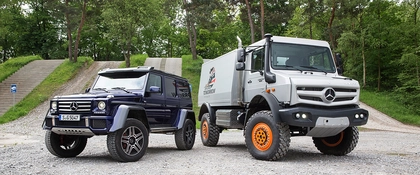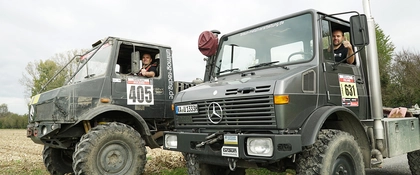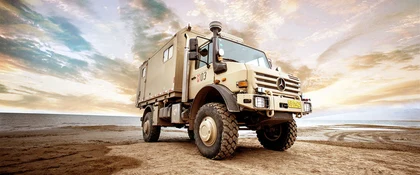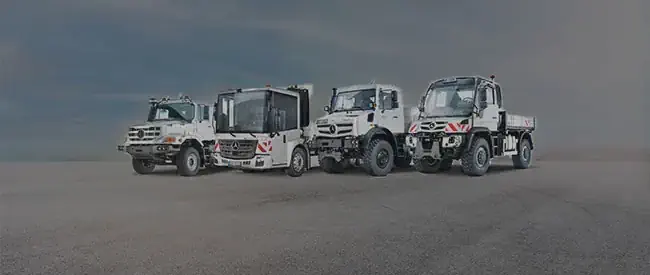Volker Capito visits the home of his Dakar Rally partner, the Unimog.
Heat, dust and endless expanses – the Dakar Rally is the world's most famous long-distance race, and one of the toughest challenges in motorsport. Anybody mastering the over 9000 km route across the desert certainly deserves respect. One of them is Volker Capito, the manager of the 1985 team that crossed the finishing line in a Unimog as the first vehicle in its class. Around 30 years after this victory, Volker Capito paid another visit to the home of his partner, the Unimog, and found a worthy successor in the form of the U 5030.
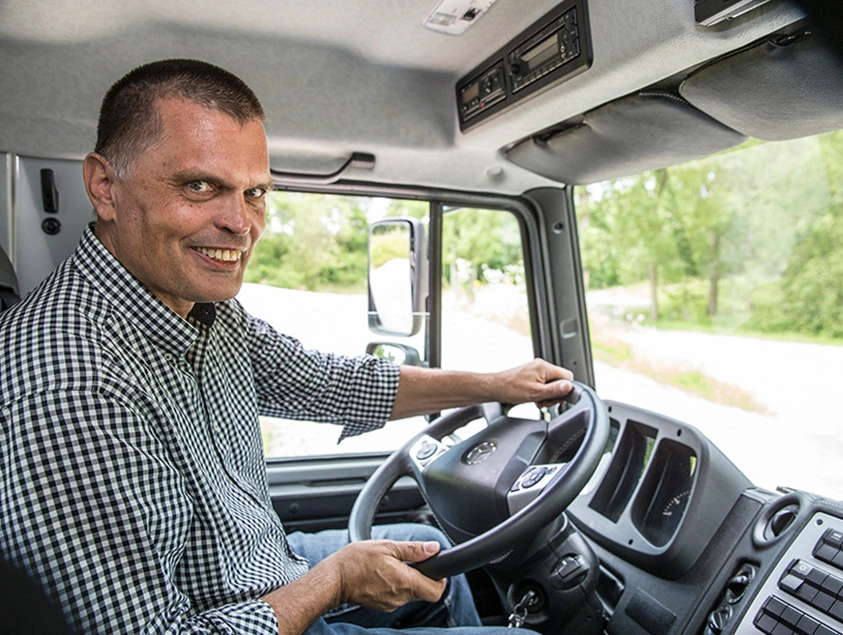
All-terrain Unimog as a long-distance traveller.
The two natural winners came together at the Unimog production plant in Wörth near Karlsruhe. However, Volker Capito's aim was not merely to hark back to the memories. Instead the Dakar Rally winner came to see the continuous technical improvements made to the Unimog series for himself. For who could be more critical than someone who is personally very familiar with the difficulties encountered on remote terrain?
Volker Capito closely inspected a Unimog U 5030 with its state-of-the-art technology as an example. This top model is a development by MB Special Trucks in cooperation with Hellgeth Engineering, a specialist for custom-built vehicles, all-terrain mobile homes and robust expedition vehicles. It was therefore particularly appropriate for this meeting that Jürgen and Andreas Hellgeth are themselves previous overall winners of the legendary Breslau Rally, which is probably the toughest off-road rally. The two greatest Unimog victories in motorsport to date had come together on the day.
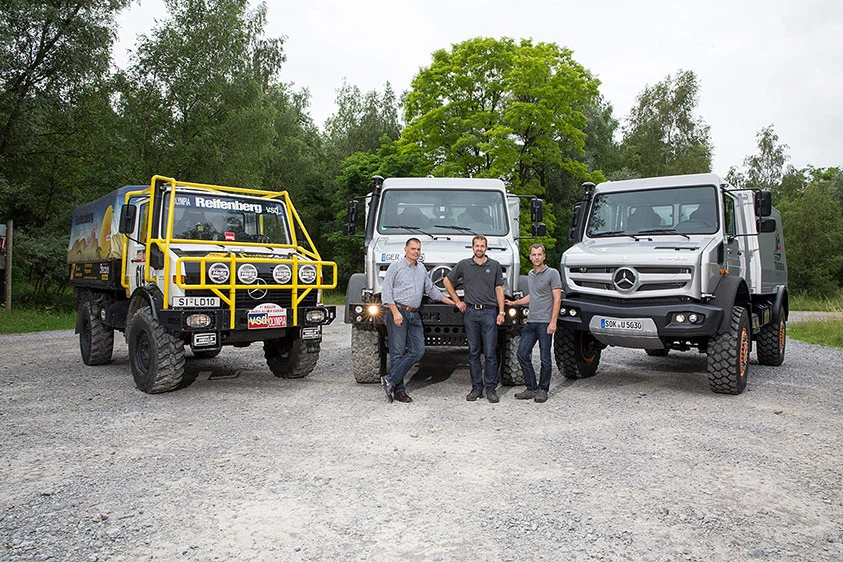
The Unimog is as much a true off-road specialist now as it was then.
Volker Capito, Winner of the Rallye Dakar 1985
Great dependability, a high payload and reliable operation in extreme temperatures ranging from -30 to +45 °C are attributes for which the Unimog is famous. When driving over fallen trees for example, the advantages of great torsional flexibility and high ground clearance thanks to portal axles with sliding sleeve technology also become obvious. The new Euro VI technology with a reduced fuel consumption and lower exhaust emissions, as well as a fording depth of up to 1.20 m and TireControl plus automatic tyre pressure monitoring, are just some numerous other arguments that convince users. In fact Volker Capito remarked that the first trials of the ex-factory tyre pressure control system were conducted during the Dakar Rally at the time, and made a major contribution to his victory.
Volker Capito was suitably impressed with the performance potential of the Unimog U 5030 compared with the U 1300L, which is now some 30 years older. At 300 hp, the 7.7 l engine delivers an output reserved only for the racing version at the time. He was also impressed with the braking power available as standard.
